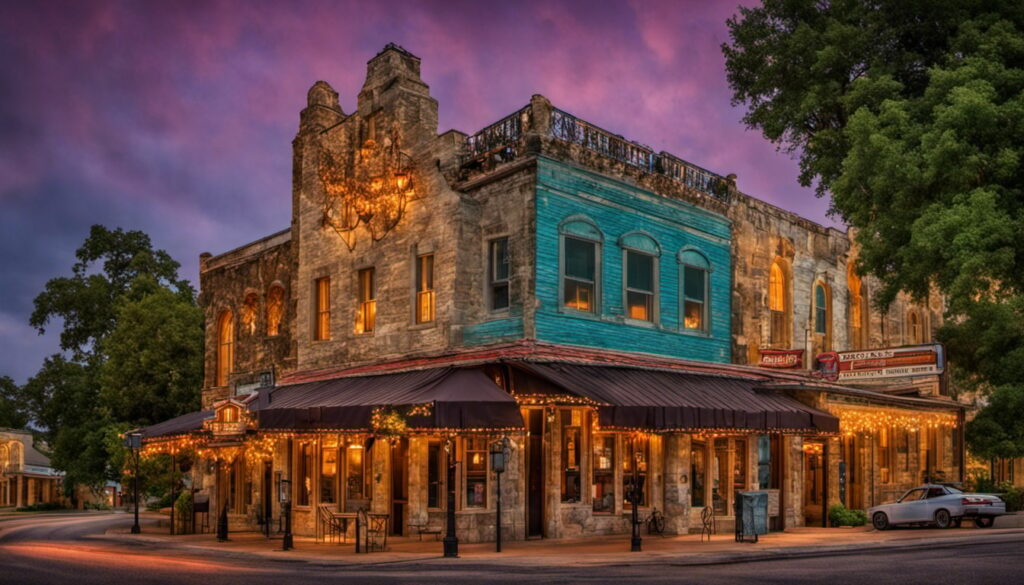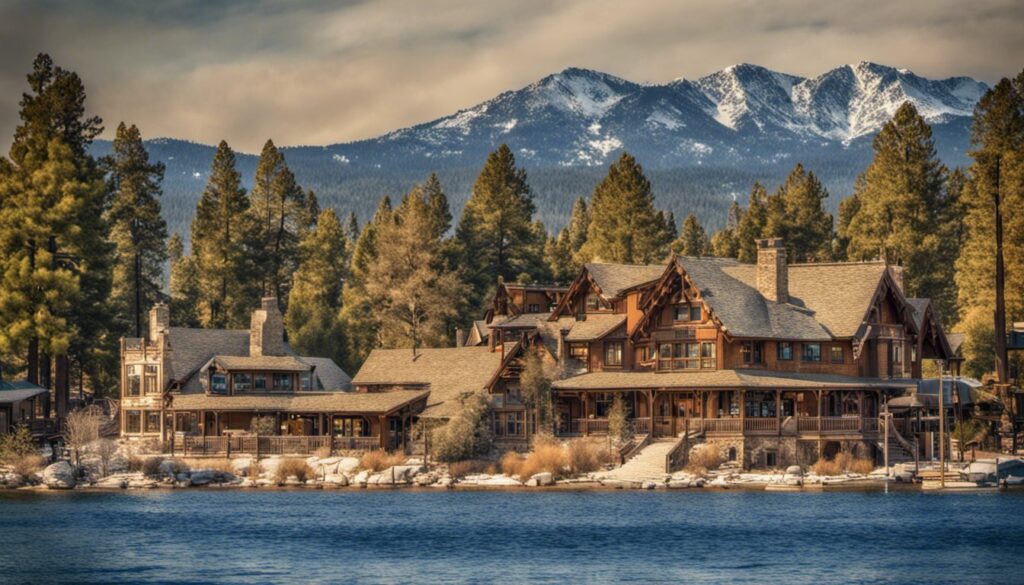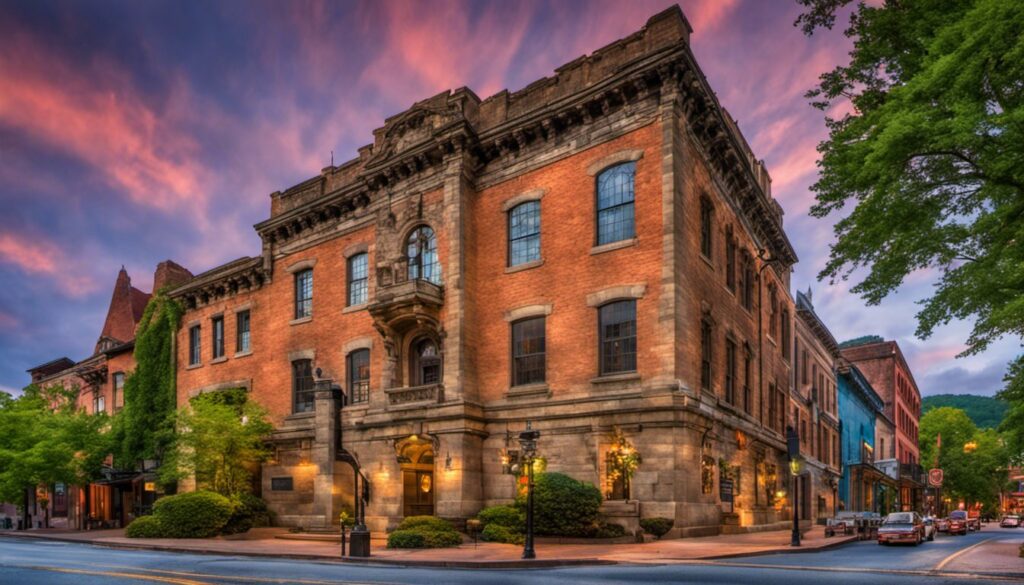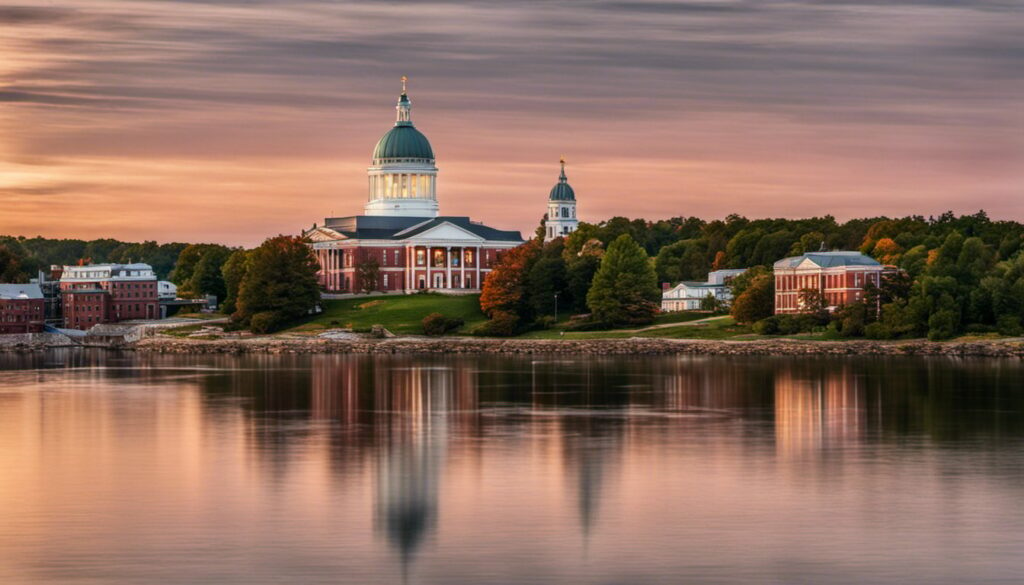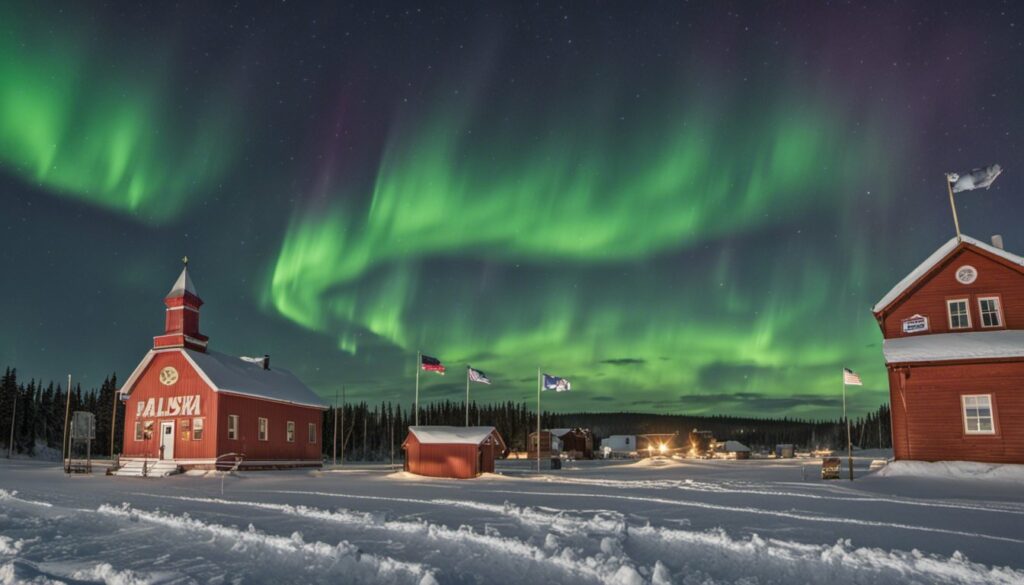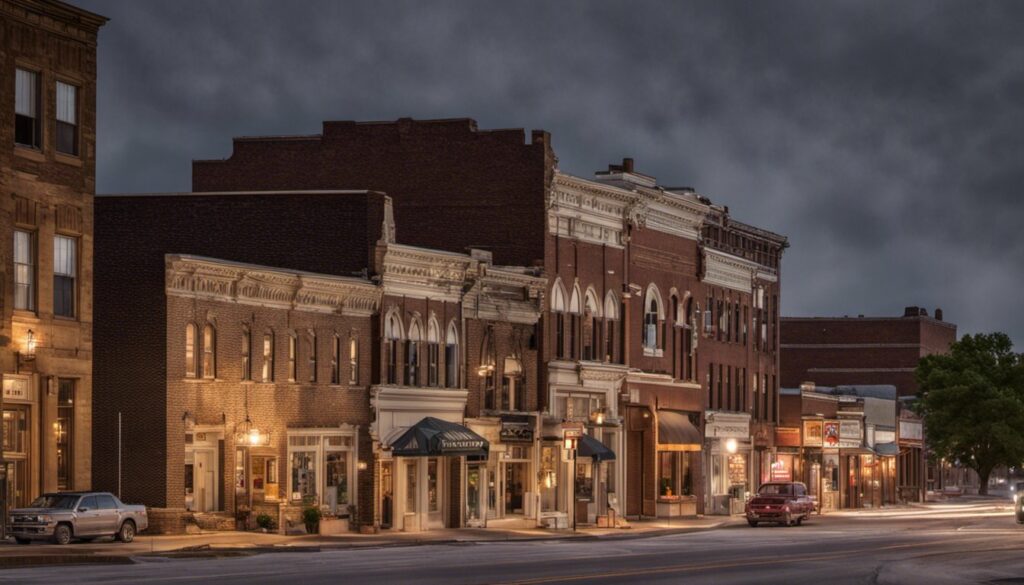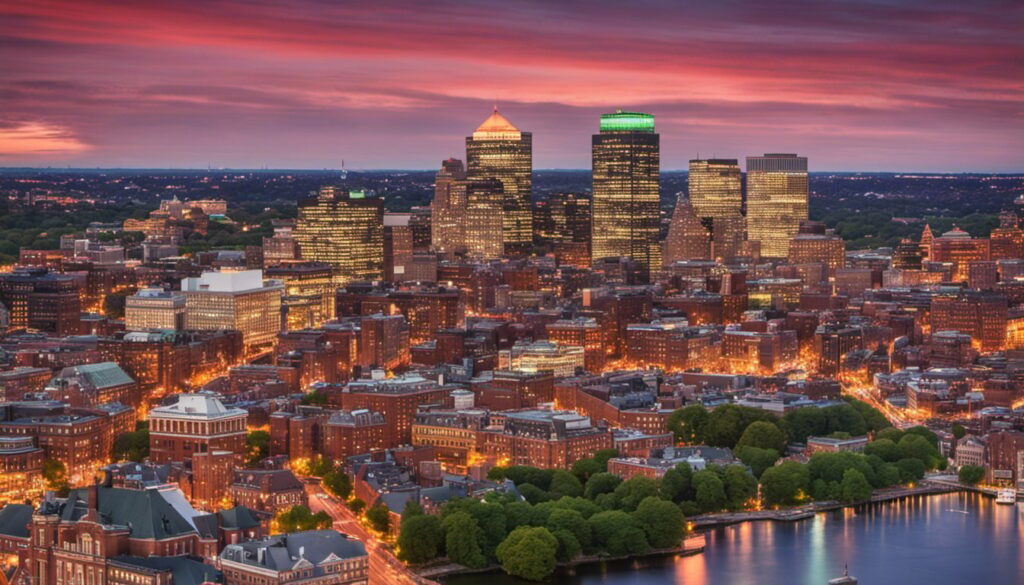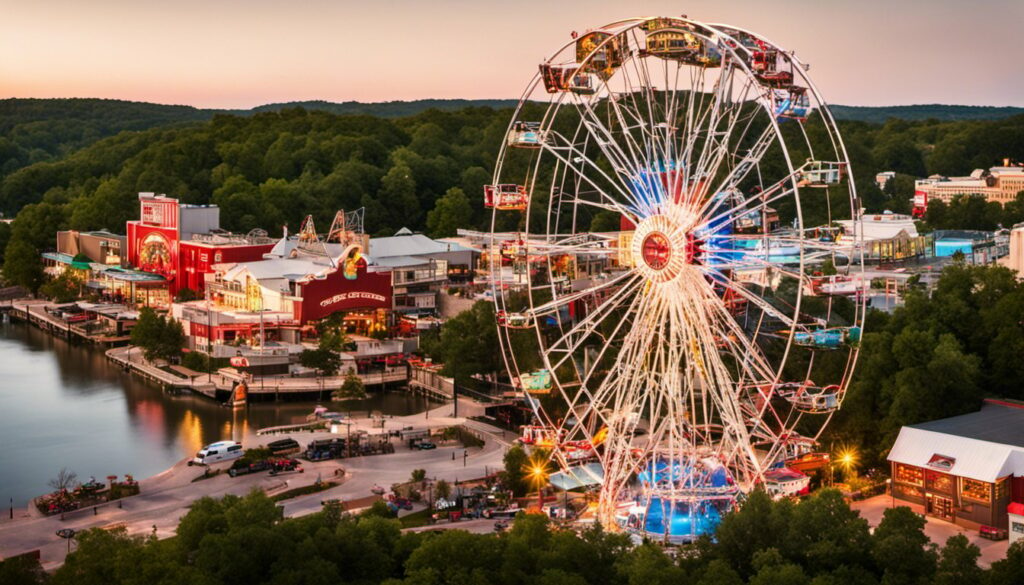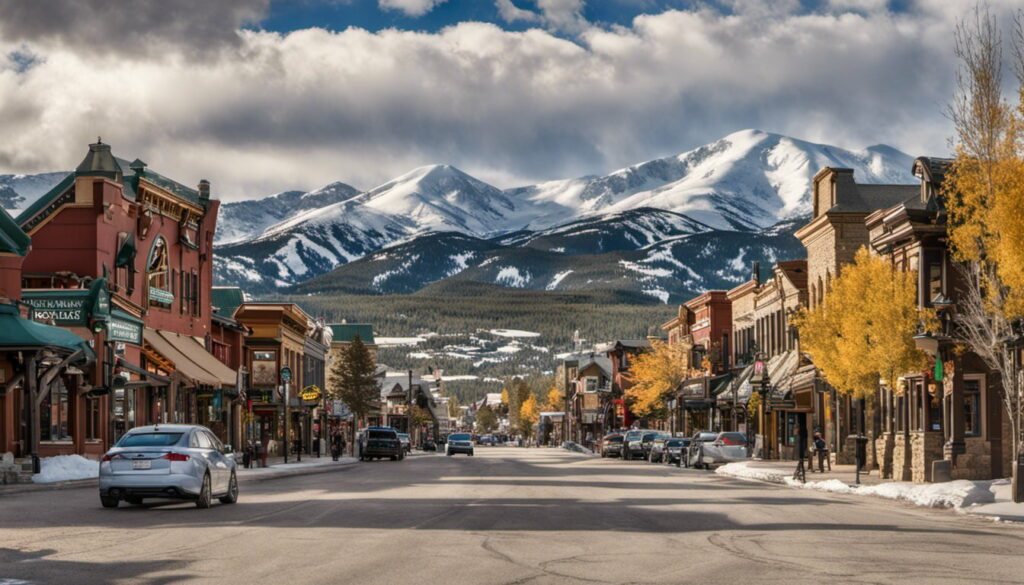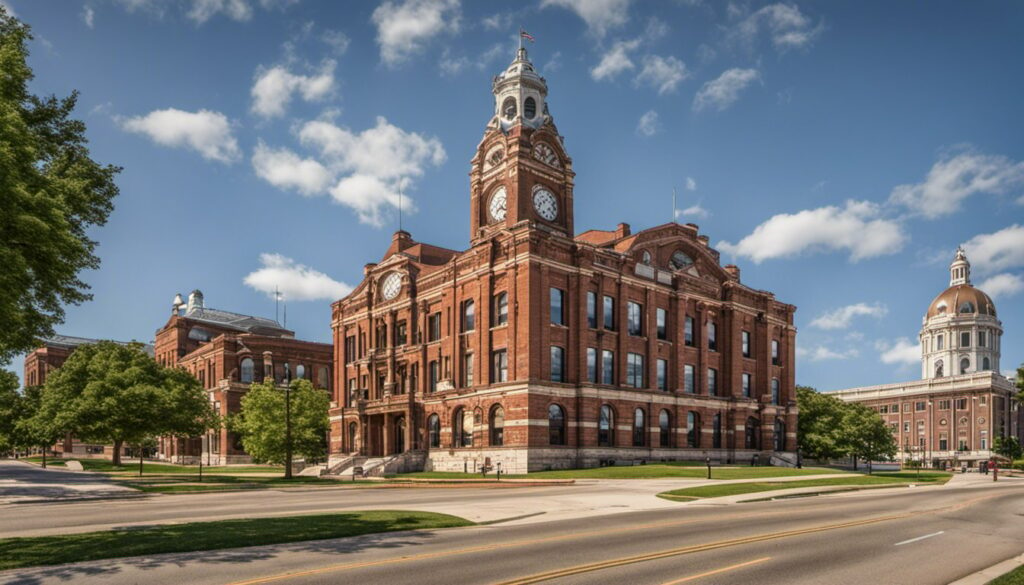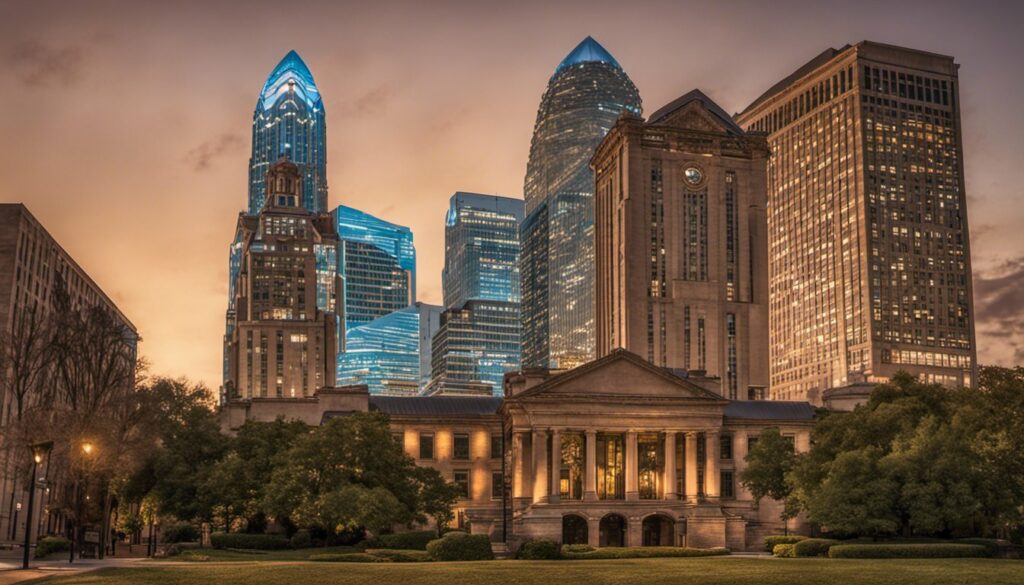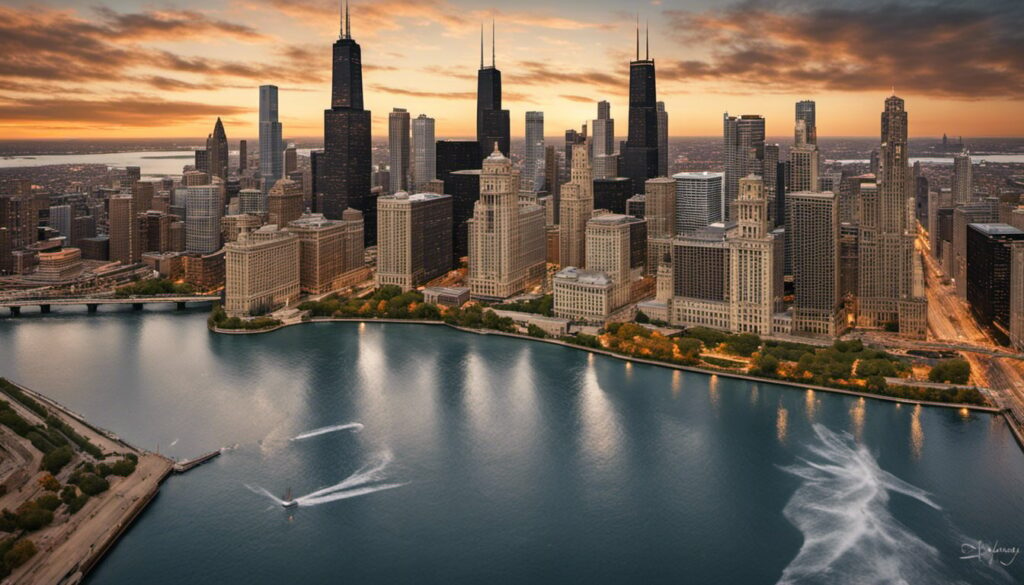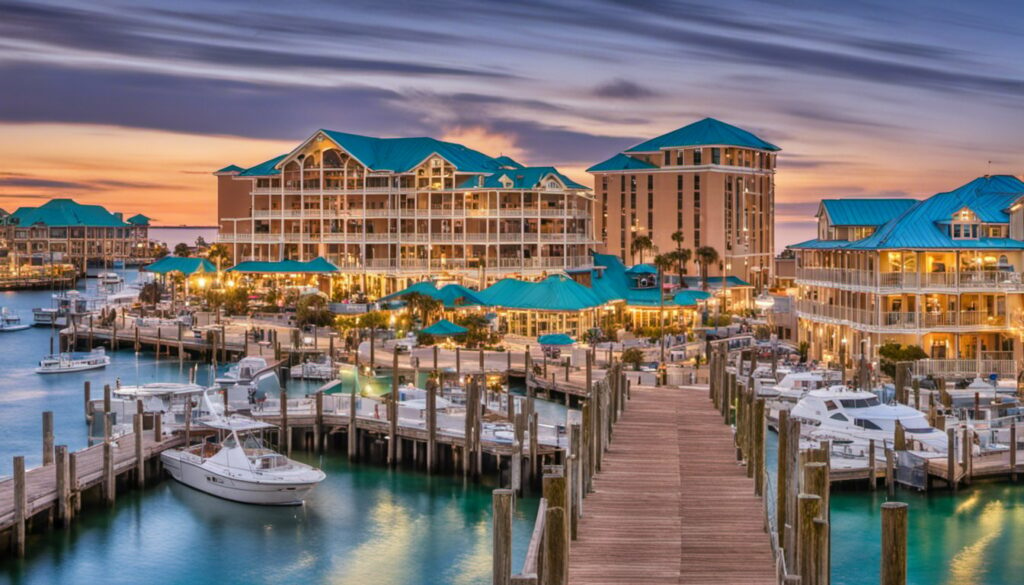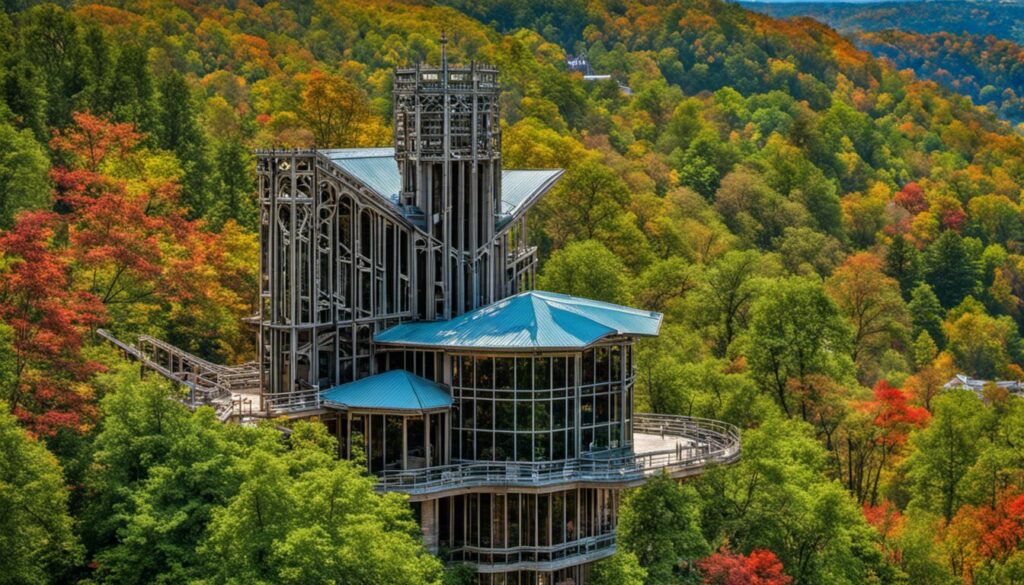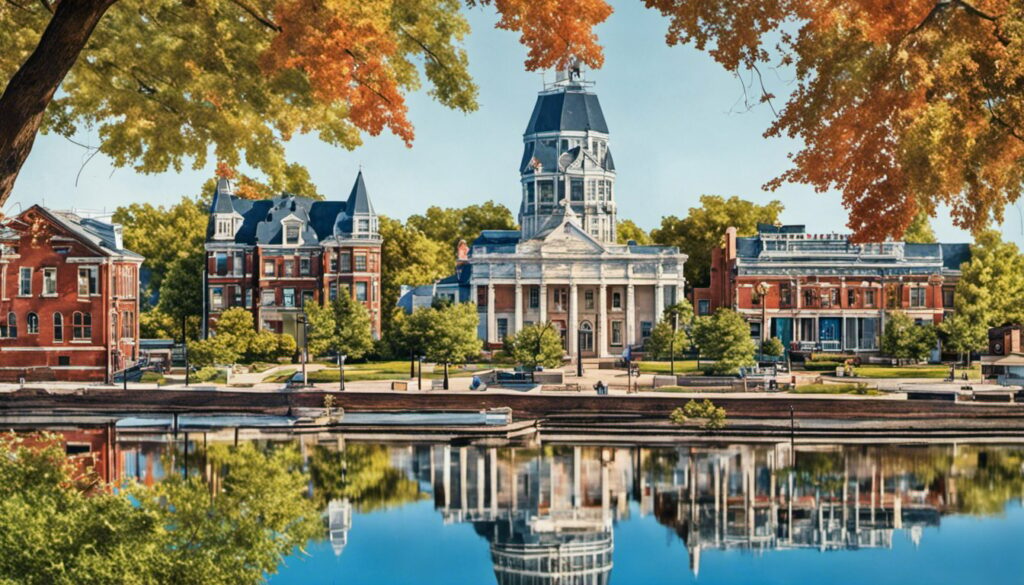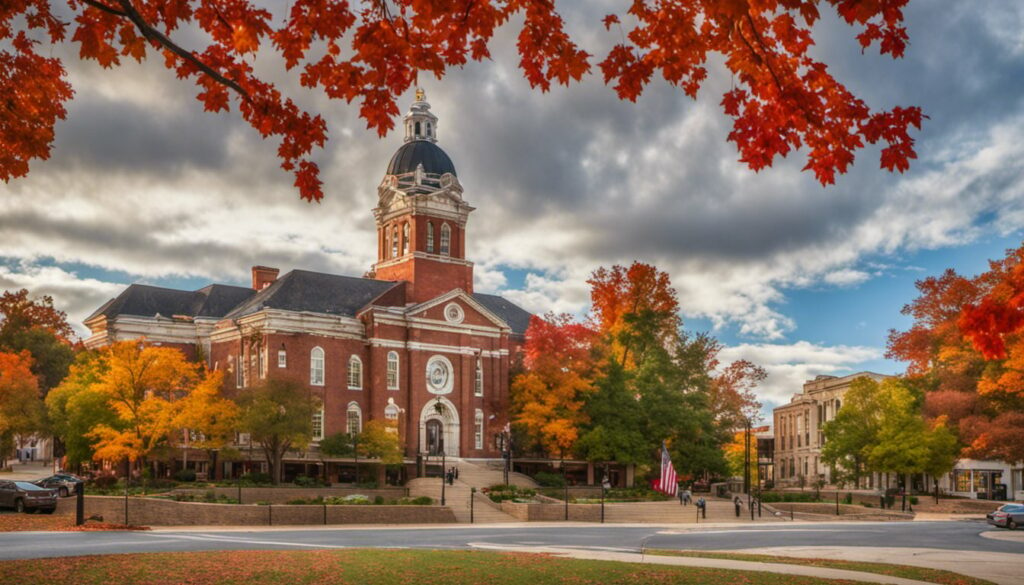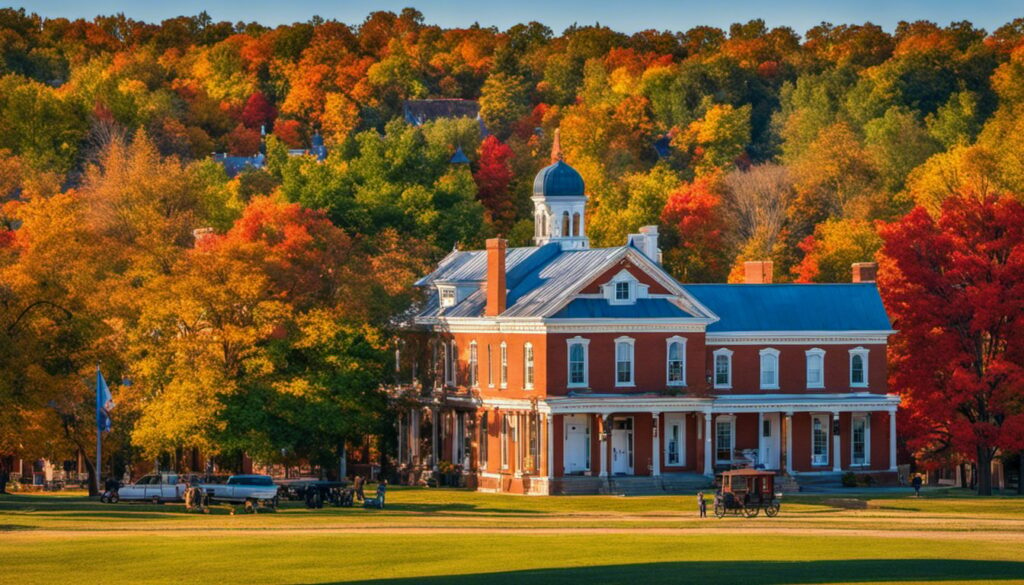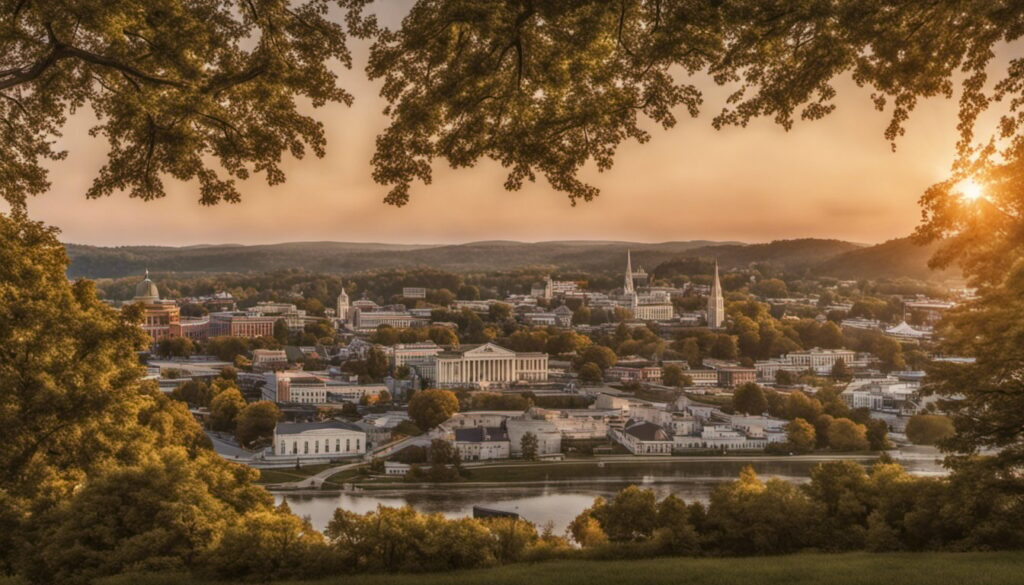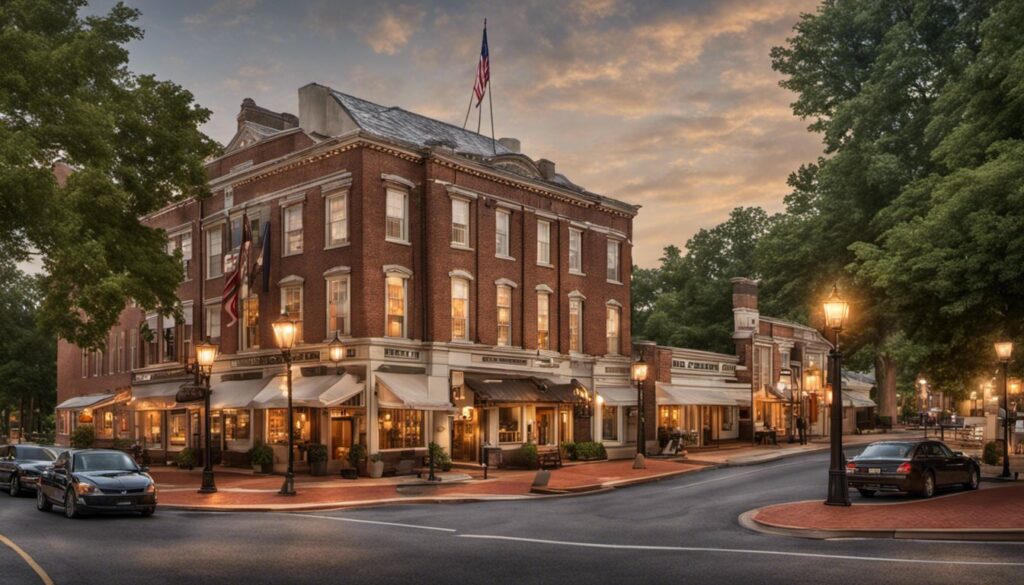Table Of Content
Explore New Braunfels Texas: A Listicle of Historical Sites and Famous Landmarks
Are you planning a trip to New Braunfels, Texas? This charming city boasts a rich history and is home to many famous landmarks and historical sites. Whether you’re a history buff or just looking for something interesting to do, New Braunfels has plenty to offer.
First settled by German immigrants in the mid-1800s, New Braunfels has a unique cultural heritage that is still evident today. Many of the city’s historic buildings and landmarks have been preserved and are open to visitors. From museums and architectural buildings to natural landmarks and festivals, there’s something for everyone in New Braunfels.
If you’re interested in exploring the city’s history, be sure to check out the popular historical sites and historic districts. Take a stroll through the Gruene Historic District, where you can see beautifully preserved buildings from the late 1800s and early 1900s. Or visit the Sophienburg Museum and Archives to learn more about the city’s German heritage. With so much to see and do, you’re sure to have a great time exploring New Braunfels’ historical sites and famous landmarks.
Key Takeaways
- New Braunfels, Texas, is a city rich in history and cultural heritage.
- Visitors can explore many famous landmarks and historical sites, including museums and architectural buildings, natural landmarks, and festivals.
- Popular historical sites and historic districts offer a glimpse into the city’s past, including the Gruene Historic District and the Sophienburg Museum and Archives.
Historical Overview of New Braunfels
New Braunfels, Texas is a city with a rich history that dates back to the mid-1800s. Founded by German immigrants in 1845, the city was named after Prince Carl of Solms-Braunfels, who was instrumental in establishing the settlement. Today, New Braunfels is a thriving community that is proud of its German heritage and past.
The city’s history is evident in its many historical sites and landmarks. One of the most significant is the Sophienburg Museum and Archives, which tells the story of the city’s founding and early years. The museum is housed in a beautiful building that was once the home of Prince Carl’s secretary, Ferdinand Lindheimer.
Another important historical site is the Comal County Courthouse, which was built in 1898 and is still in use today. The courthouse is a beautiful example of turn-of-the-century architecture and is listed on the National Register of Historic Places.
New Braunfels is also known for its German heritage, which is celebrated each year during Wurstfest. This annual festival is a celebration of the city’s German roots and features traditional German food, music, and dancing. Other events that celebrate the city’s German heritage include the Wein and Saengerfest and the Folkfest.
Despite its rich history, New Braunfels is a modern city that is home to a vibrant community. The city is known for its excellent schools, beautiful parks, and thriving downtown area. Whether you are a history buff or simply looking for a great place to live, New Braunfels has something to offer everyone.
Popular Historical Sites
If you’re looking to explore the rich history of New Braunfels, Texas, you won’t want to miss these popular historical sites. From natural springs to iconic bridges, these landmarks offer a glimpse into the past and are sure to leave you feeling inspired.
Comal Springs
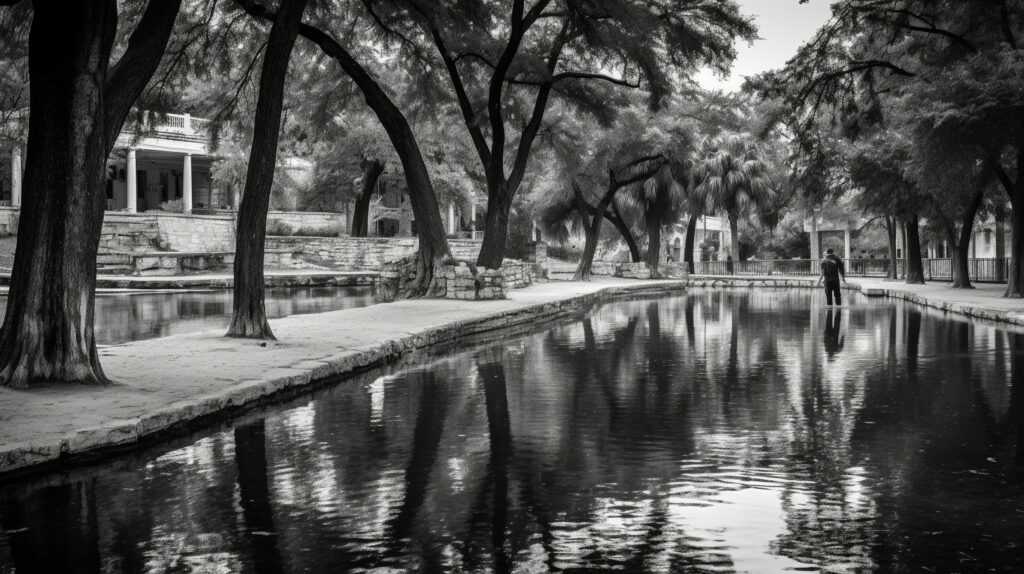
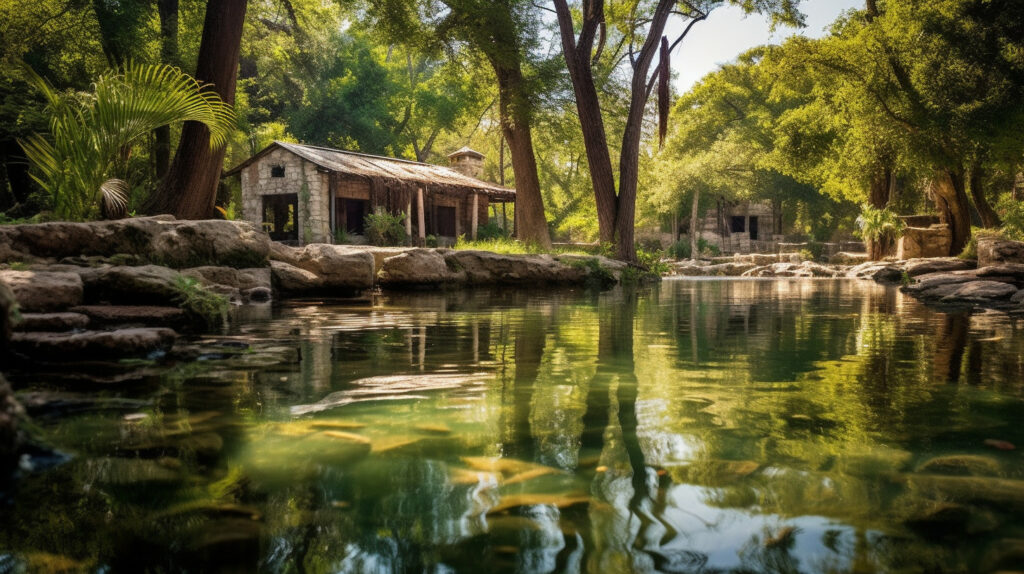
One of the most popular historical sites in New Braunfels is Comal Springs. This natural wonder has been a source of life for the area for thousands of years and is the largest natural springs in Texas. You can take a stroll along the banks of the springs and learn about the history of the area and the importance of the springs to the local community.
Faust Street Bridge
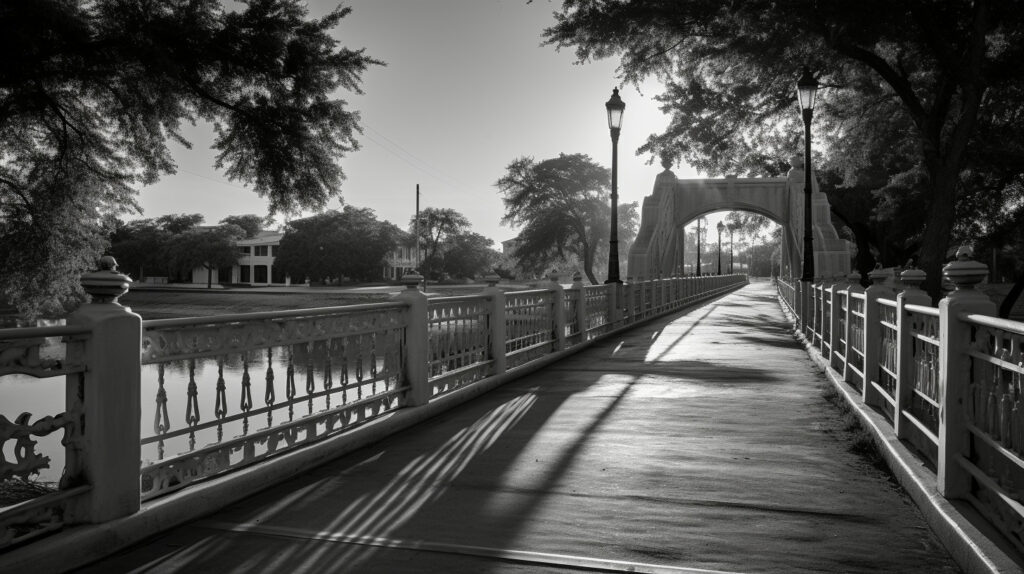
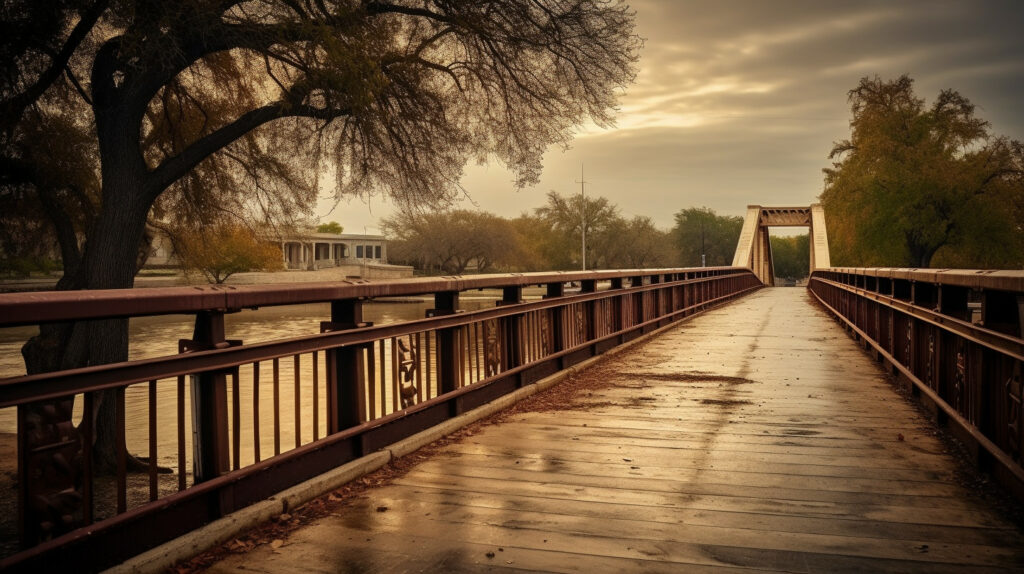
Another iconic landmark in New Braunfels is the Faust Street Bridge. This historic bridge was built in 1887 and is one of the oldest metal truss bridges in Texas. It spans the Guadalupe River and offers stunning views of the surrounding area. Take a walk across the bridge and imagine what life was like in the early days of New Braunfels.
Gruene Historic District
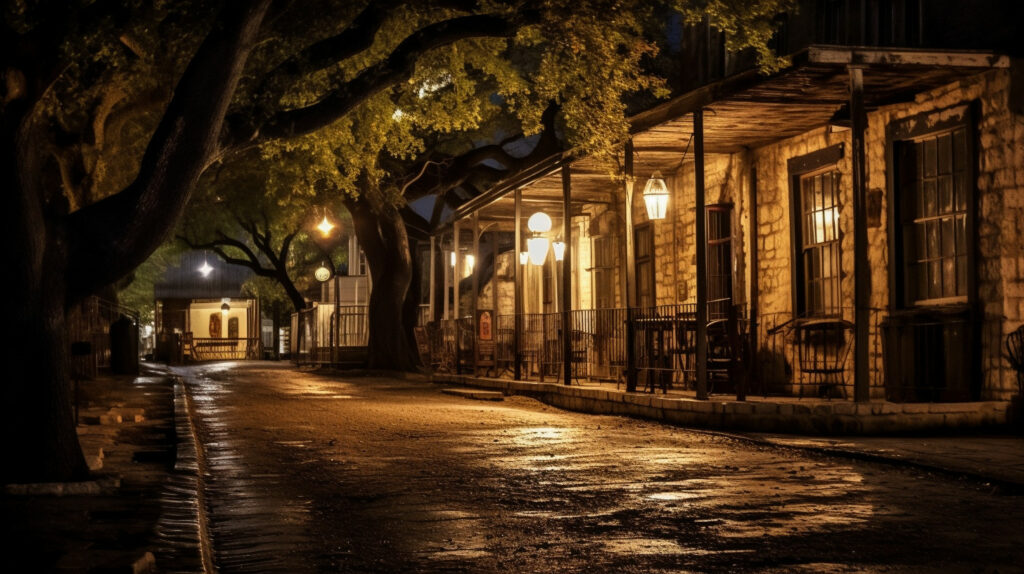
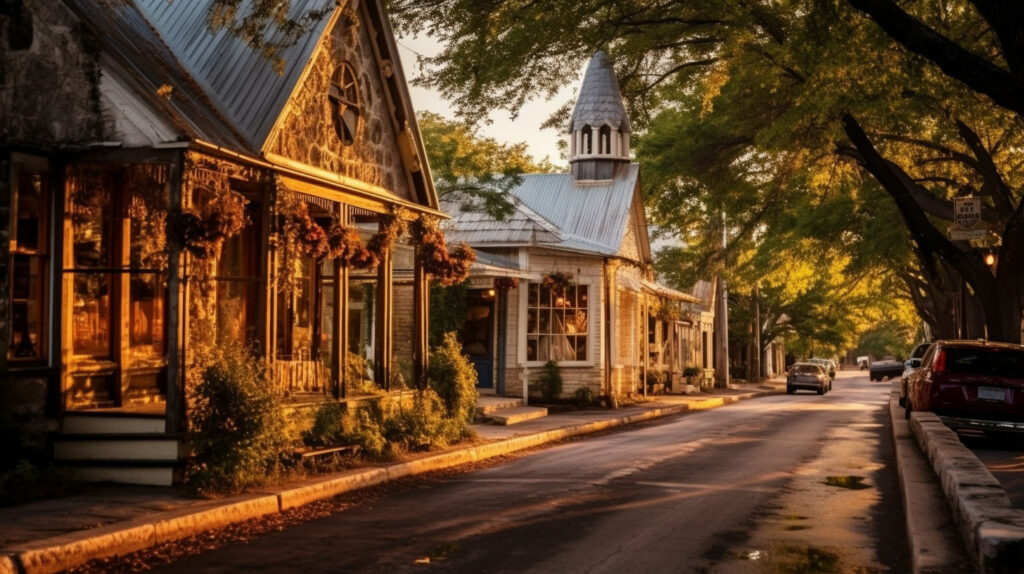
The Gruene Historic District is another must-see destination for history buffs. This charming district is home to many historic buildings, including the oldest dance hall in Texas. Take a stroll down the streets and soak in the architectural beauty of the buildings. You can also visit one of the many shops and restaurants in the area.
Lindheimer House
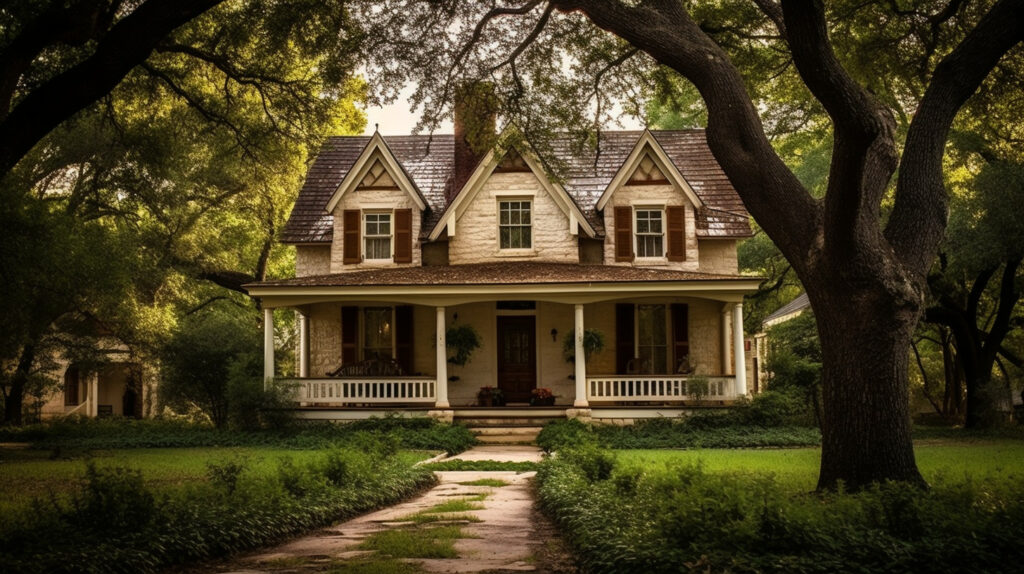
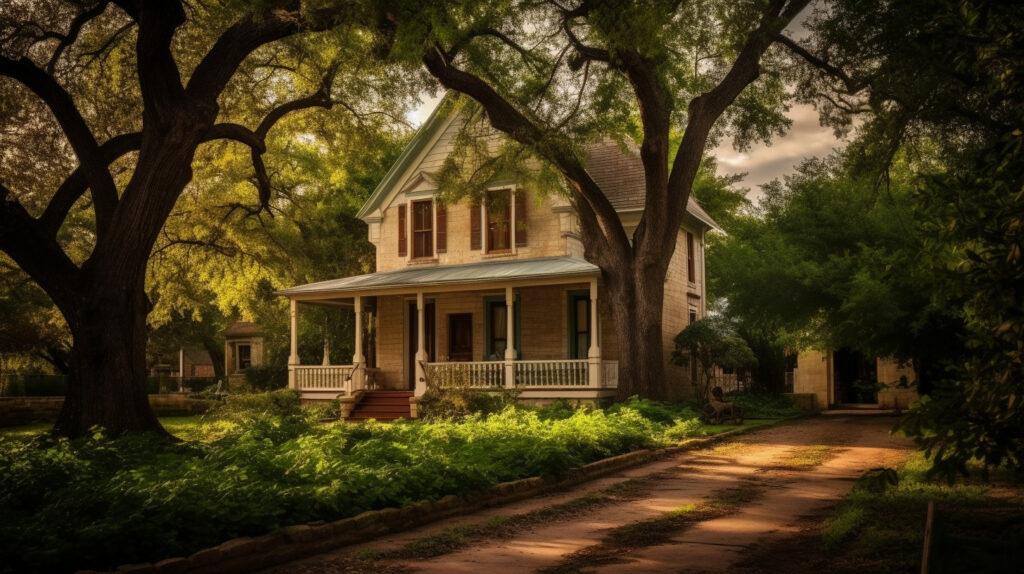
If you’re interested in the history of New Braunfels’ early settlers, be sure to visit the Lindheimer House. This historic home belonged to Ferdinand Lindheimer, a German botanist who settled in the area in the mid-1800s. The house has been restored to its original condition and offers a glimpse into the life of early settlers in New Braunfels.
Whether you’re interested in natural landmarks or architectural wonders, New Braunfels has something to offer. These popular historical sites are just a few of the many destinations that will transport you back in time and leave you feeling inspired.
Historic Districts Exploration
New Braunfels, Texas, is home to several historic districts that offer a glimpse into the city’s rich history. Here are some of the must-visit historic districts that you should explore:
Sophienburg Hill Historic District
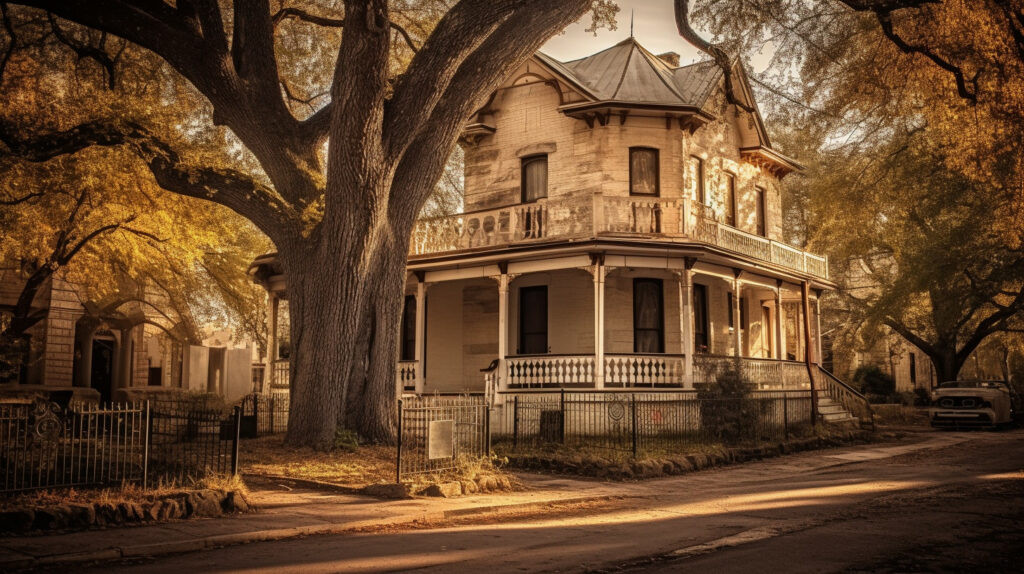
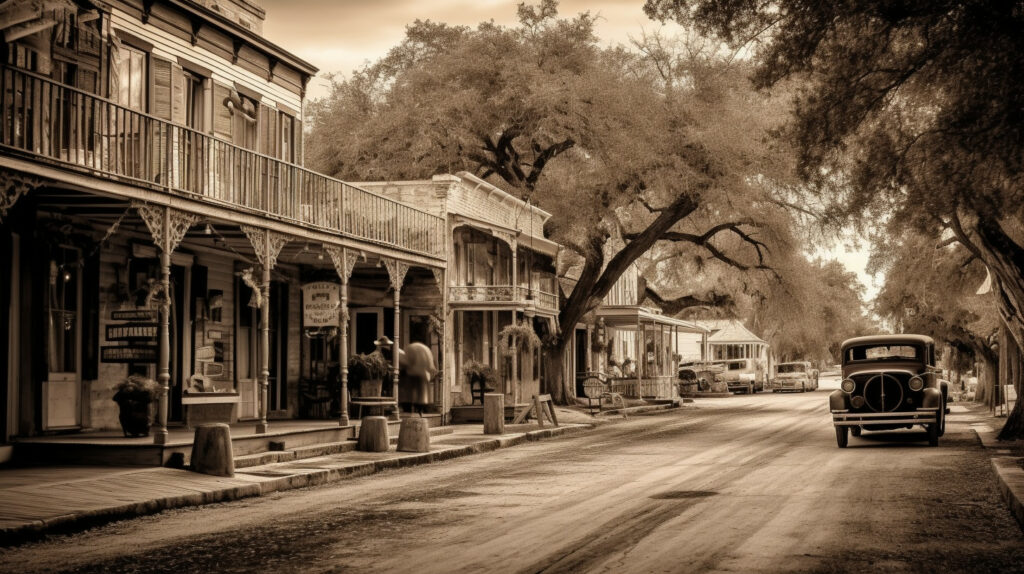
Located in the heart of New Braunfels, the Sophienburg Hill Historic District is a must-visit for history buffs. This district is home to several historic buildings, including the Sophienburg Museum and Archives, which showcases the city’s German heritage. The museum features exhibits on local history, including the founding of New Braunfels and the city’s role in the Civil War.
Mill Street Historic District
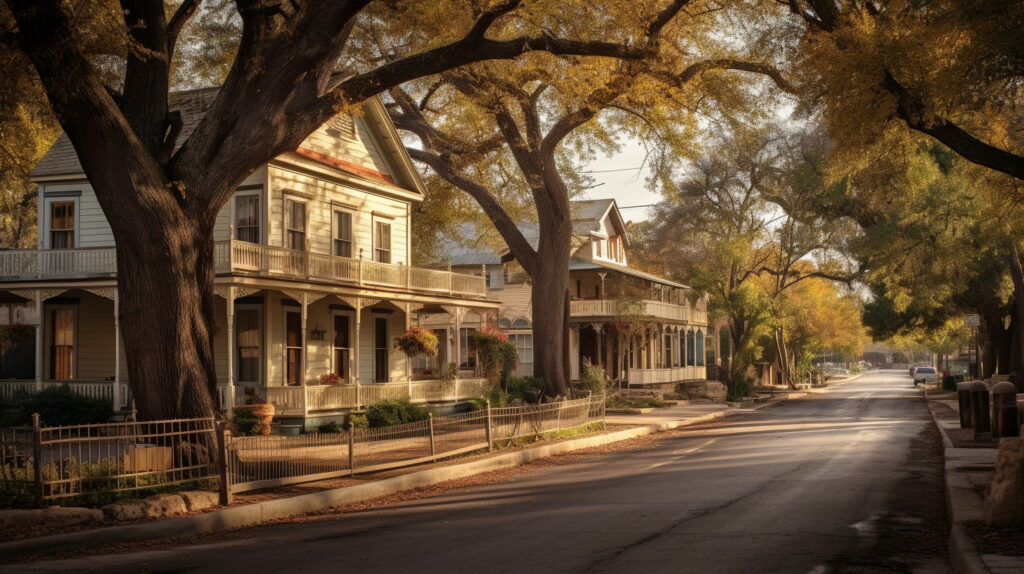
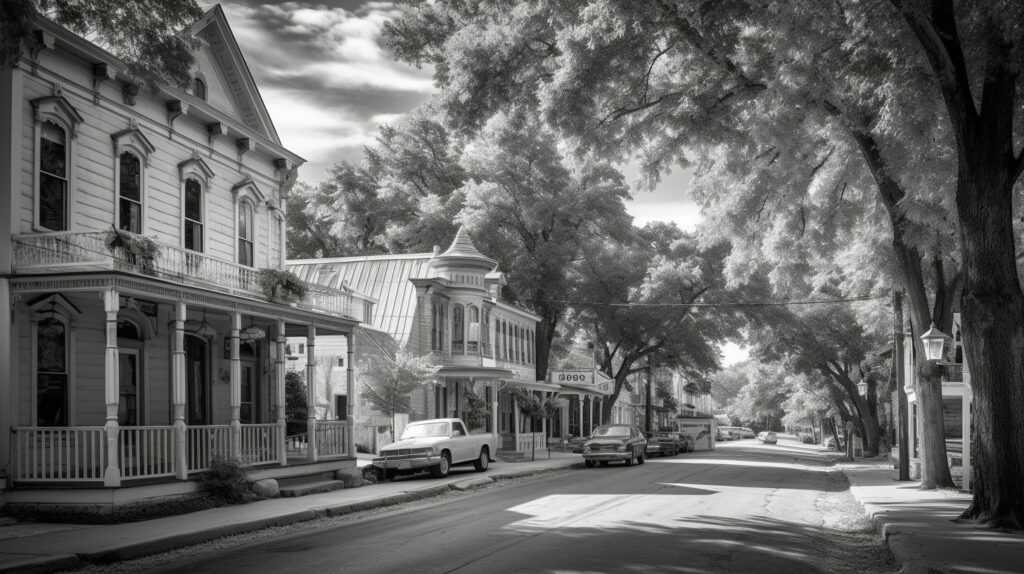
The Mill Street Historic District is another must-visit for those interested in architecture and history. This district is home to several historic buildings, including the Faust Street Bridge, which was built in 1887 and is the only remaining truss bridge in the area. The district also features several historic homes and buildings, many of which have been beautifully restored.
Downtown Historic District
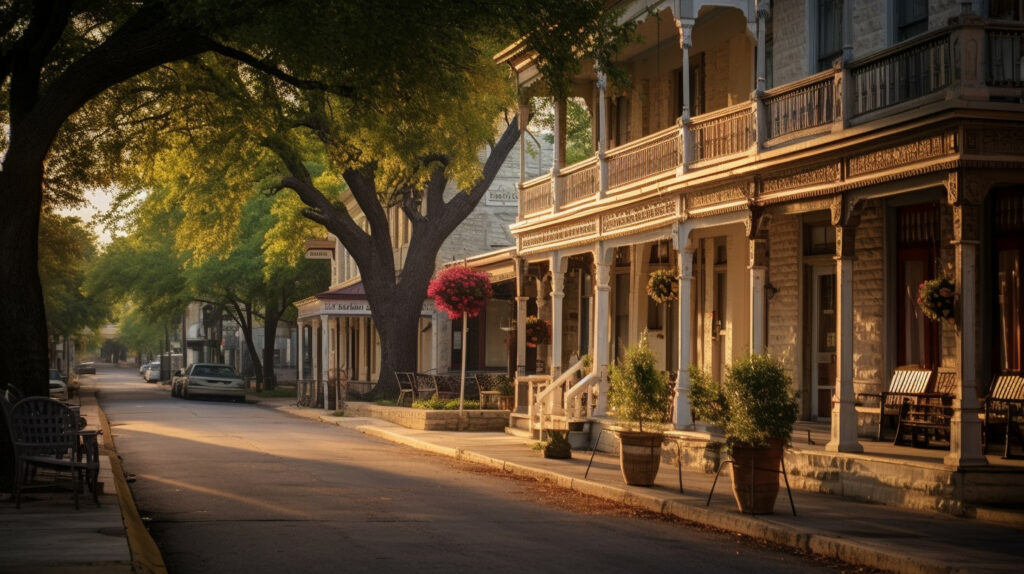
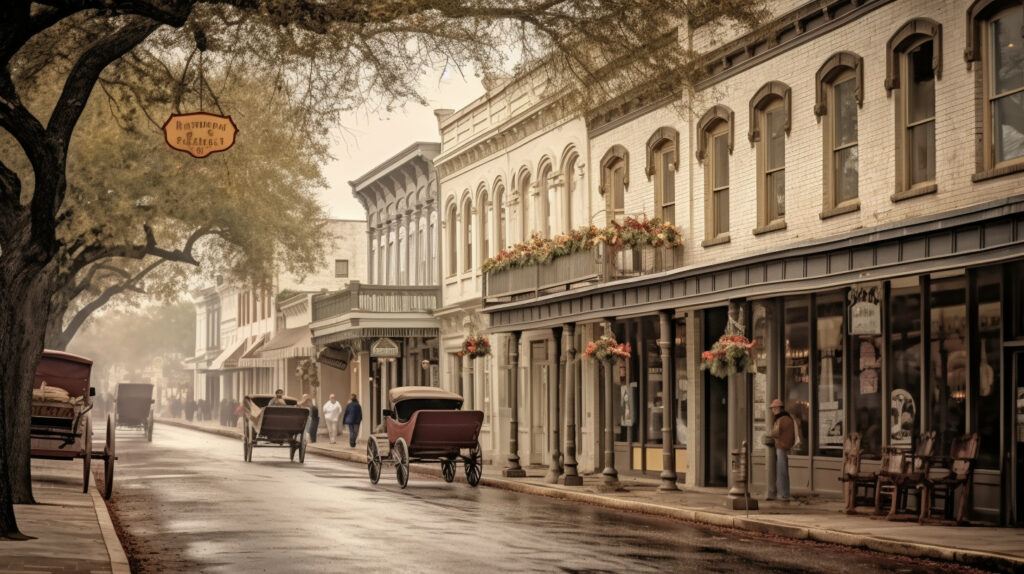
The Downtown Historic District is the heart of New Braunfels and is home to several historic buildings and landmarks. This district features several historic buildings, including the Brauntex Theatre, which was built in 1942 and still hosts live performances today. The district also features several restaurants, shops, and galleries, making it a great place to explore.
Stock Historic District
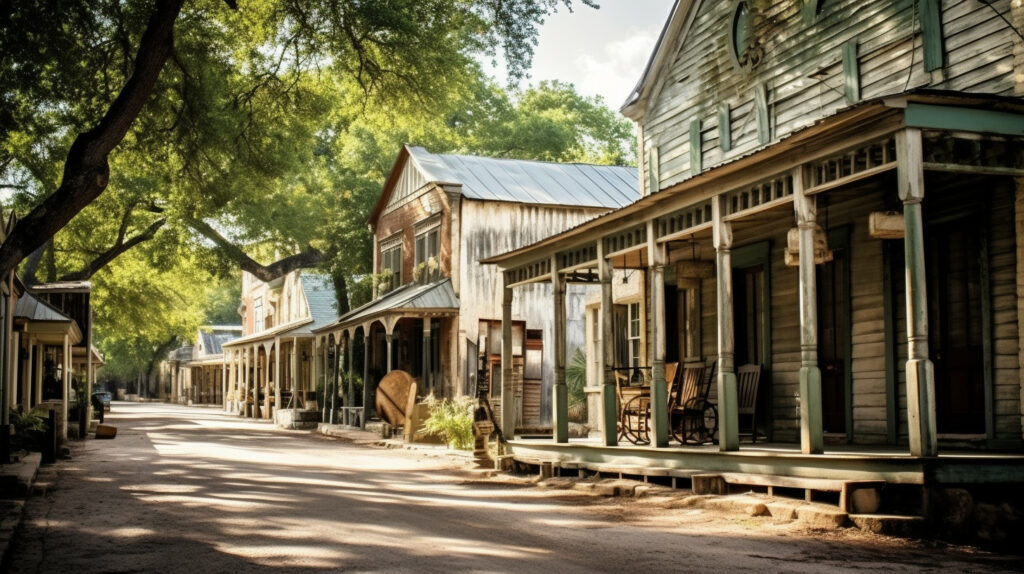
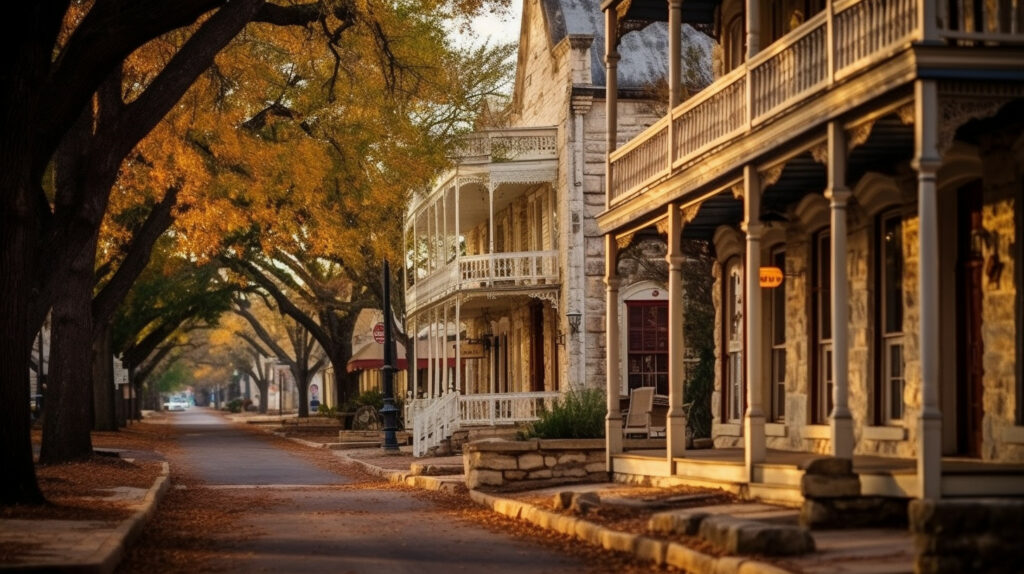
The Stock Historic District is another must-visit for history buffs. This district is home to several historic buildings, including the old Comal County Jail, which was built in 1895 and now houses the Comal County Senior Citizens Foundation. The district also features several historic homes and buildings, many of which have been beautifully restored.
Overall, New Braunfels’ historic districts offer a unique glimpse into the city’s rich history and are a must-visit for anyone interested in architecture and history. So, put on your walking shoes and explore these historic districts today!
Museums and Architectural Buildings
New Braunfels, Texas is home to several museums and architectural buildings that showcase the rich history and culture of the area. Here are some must-visit places that you should add to your itinerary:
Comal County Courthouse
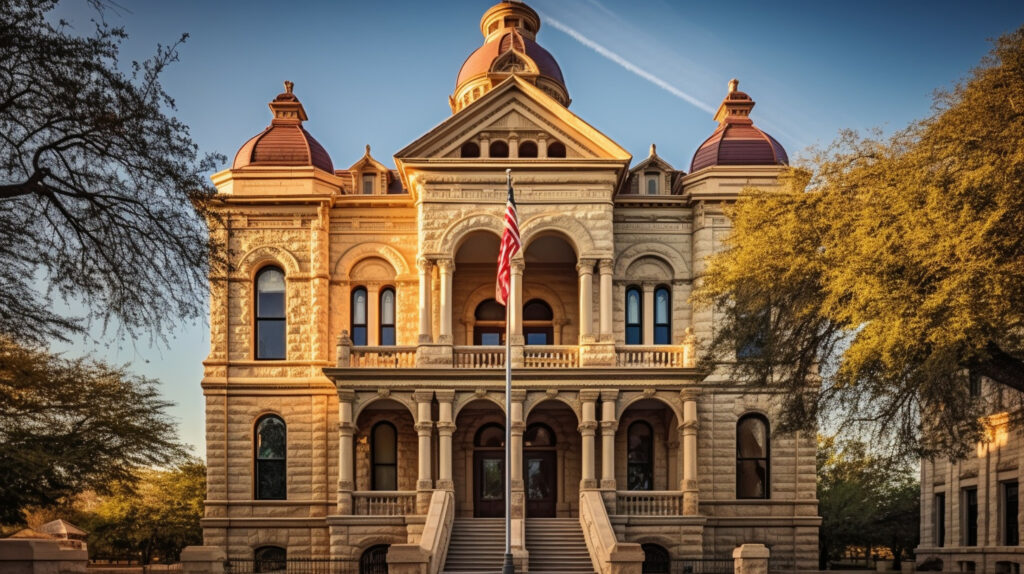
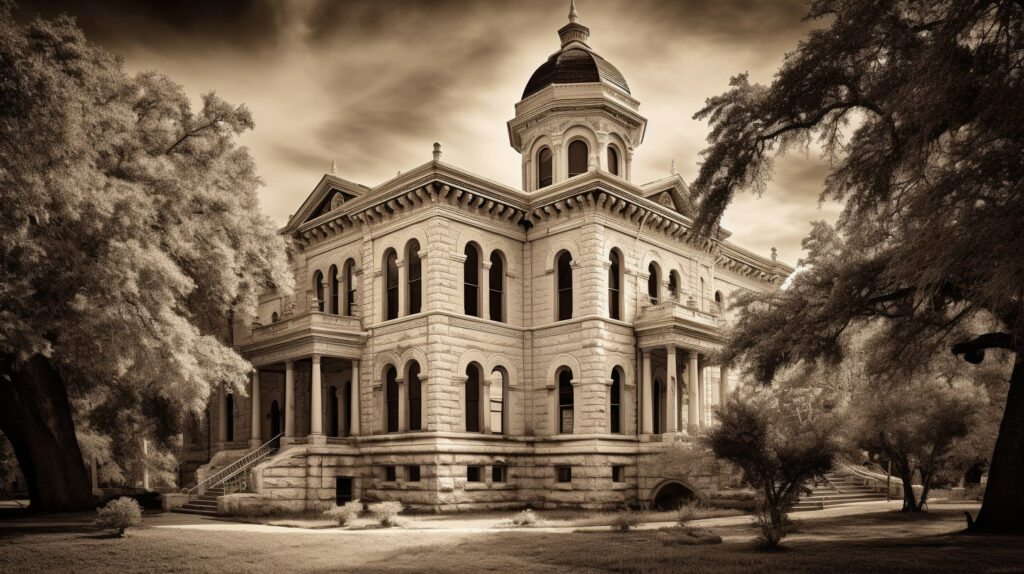
The Comal County Courthouse is a stunning architectural masterpiece that was built in 1898. This Romanesque Revival-style building is a sight to behold, with its red sandstone exterior, intricate carvings, and stunning clock tower. The courthouse is still in use today and is open to the public during regular business hours. Inside, you’ll find a variety of exhibits and displays that highlight the history of the area.
History Museums
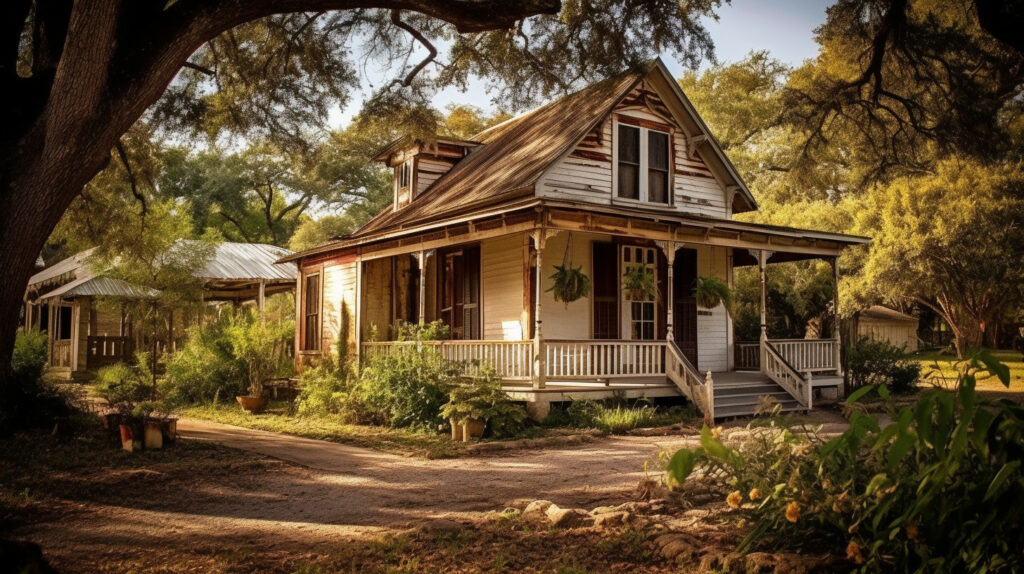
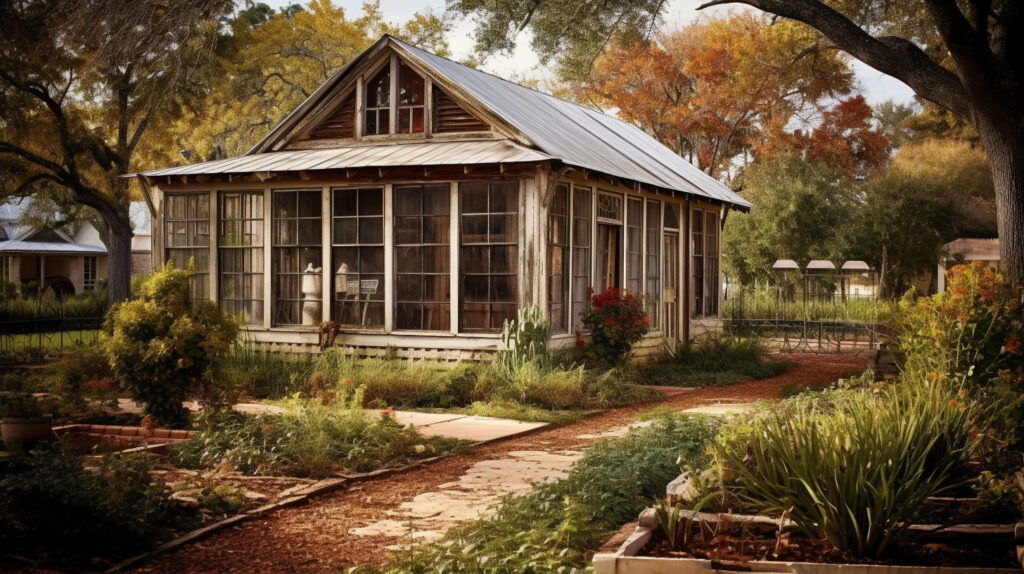
If you’re a history buff, then you won’t want to miss the chance to visit some of New Braunfels’ top history museums. The Sophienburg Museum and Archives is a great place to start, with its extensive collection of artifacts and exhibits that showcase the history of the town. The museum is housed in a beautiful building that was once the town’s first public school. Another must-visit museum is the Museum of Texas Handmade Furniture, which features an impressive collection of furniture and decorative arts from the 19th century.
Other notable museums and architectural buildings to add to your list include the New Braunfels Railroad Museum, which highlights the area’s rich railroad history, and the Gruene Historic District, which features a variety of historic buildings and structures that have been preserved and restored. Whether you’re interested in architecture, history, or both, New Braunfels has something to offer.
Festivals and Events
New Braunfels is a city that loves to celebrate, and there is no shortage of festivals and events throughout the year. From music and food to culture and history, there is something for everyone. Here are a few of the most popular festivals and events in New Braunfels:
Wurstfest
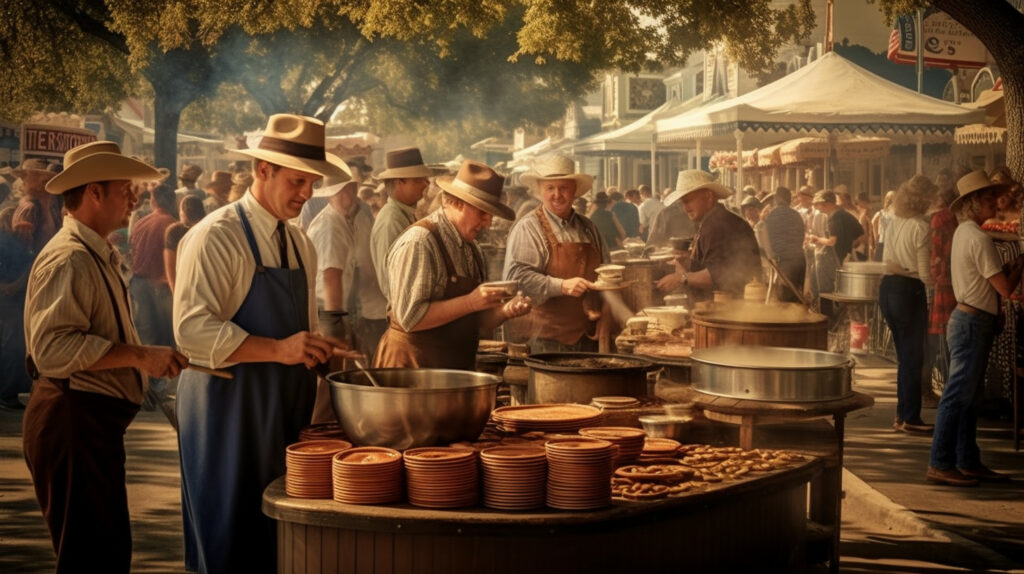
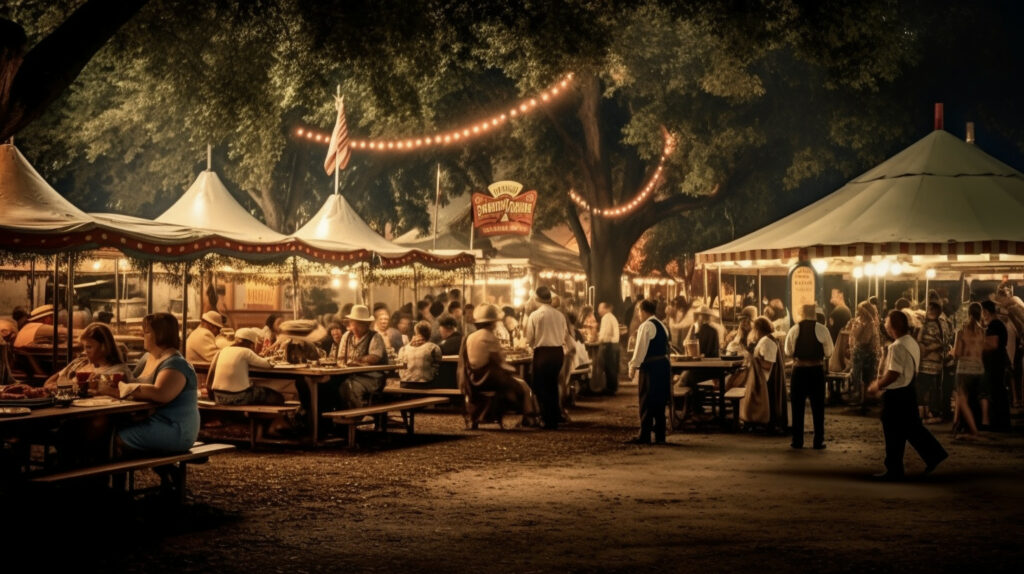
If you love German food and beer, then you won’t want to miss Wurstfest. This 10-day festival takes place in November and celebrates the city’s German heritage with plenty of sausage, beer, and live music. You’ll find everything from bratwurst and sauerkraut to schnitzel and strudel. Don’t forget to try the famous Wurstfest beer, which is brewed specifically for the festival.
Wein and Saengerfest
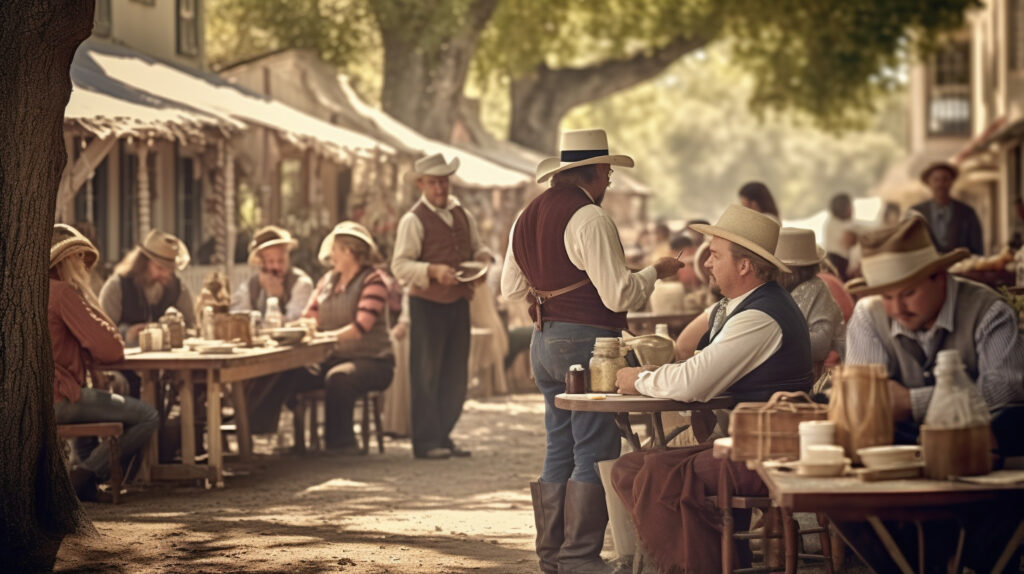
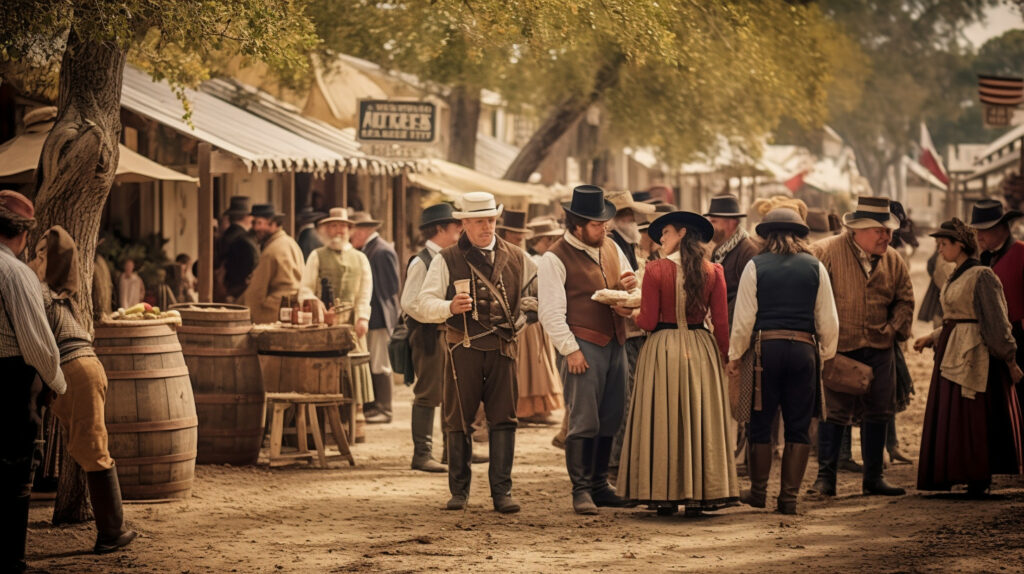
Wein and Saengerfest is a celebration of wine, music, and art that takes place in May. You’ll find plenty of local wine and craft beer to sample, as well as food from some of the city’s best restaurants. There are also live music performances throughout the day, as well as an art market where you can find unique handmade goods.
Whether you’re a visitor or a local, these festivals and events are a great way to experience the best of New Braunfels. From the delicious German food to the exciting entertainment, you’re sure to have a great time.
Natural Landmarks
If you’re looking for some breathtaking natural landmarks to explore in New Braunfels, you’re in luck. This charming city is home to some of the most stunning natural wonders in Texas.
Guadalupe River
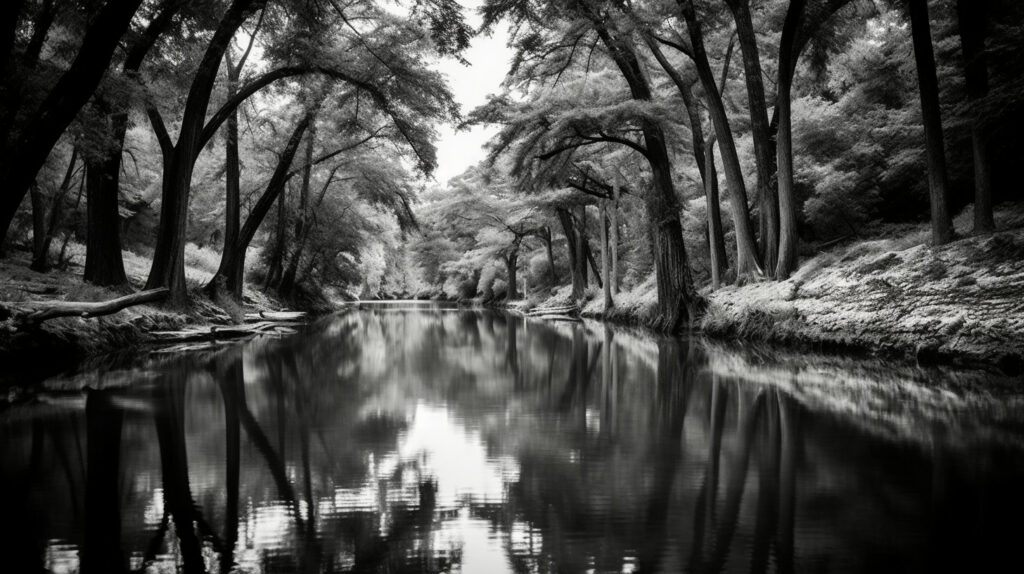
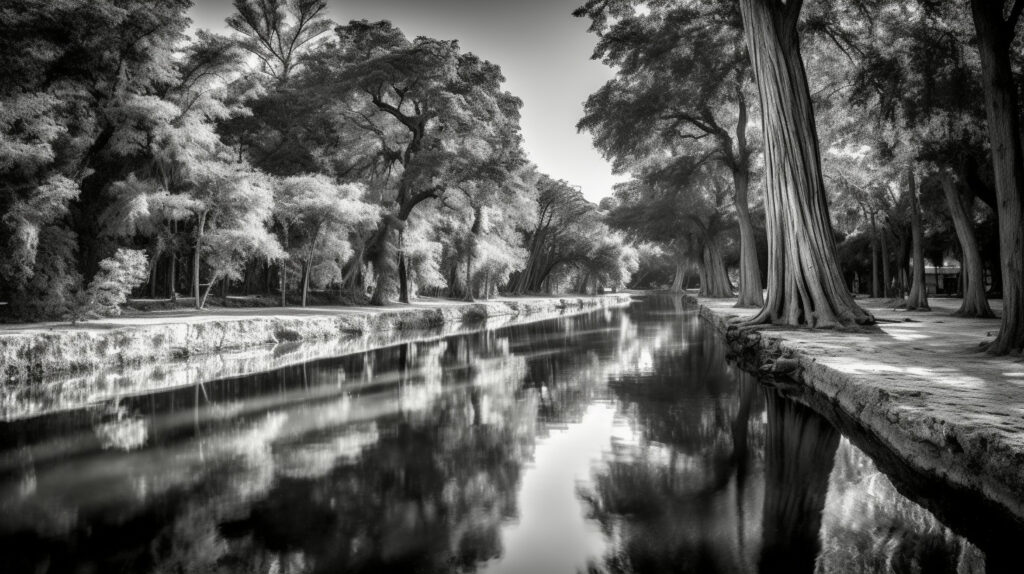
One of the most popular natural landmarks in New Braunfels is the Guadalupe River. This beautiful river flows through the city and offers visitors a chance to swim, fish, kayak, and tube. The crystal-clear waters of the Guadalupe River are perfect for a refreshing dip on a hot summer day. You can also explore the river by taking a scenic boat tour.
Natural Bridge Caverns
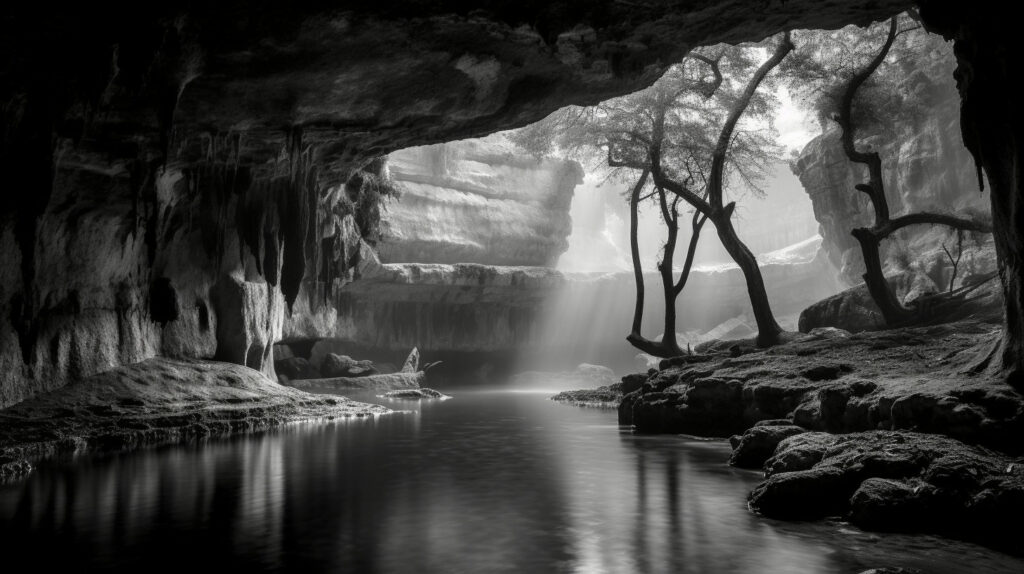
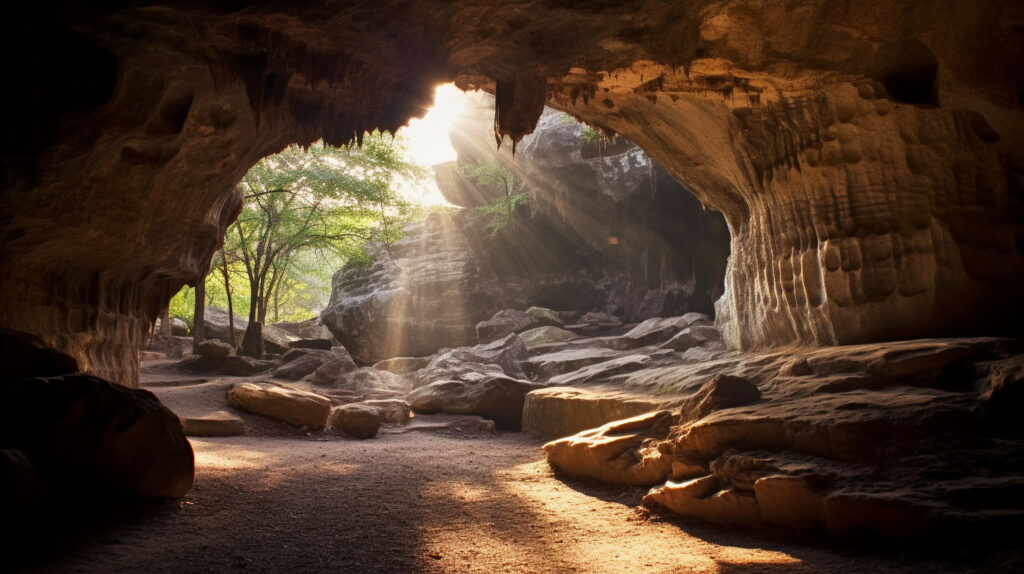
Another must-visit natural landmark in New Braunfels is the Natural Bridge Caverns. This incredible underground cave system is a true wonder of nature. You can explore the caverns on a guided tour and see stunning rock formations, underground lakes, and even fossils. The Natural Bridge Caverns also offer a variety of outdoor activities, including ziplining, gem mining, and a ropes course.
Canyon Lake


If you’re a fan of outdoor adventures, you won’t want to miss Canyon Lake. This beautiful lake is surrounded by rolling hills and offers visitors a chance to swim, fish, boat, and hike. You can also rent a cabin or campsite and spend the night under the stars. The Canyon Lake Gorge is a popular hiking destination, where you can see the stunning rock formations and learn about the geology of the area.
New Braunfels is truly a nature lover’s paradise. Whether you’re exploring the Guadalupe River, marveling at the Natural Bridge Caverns, or hiking around Canyon Lake, you’re sure to be amazed by the beauty of this city’s natural landmarks.
Frequently Asked Questions
What are the top historical landmarks to visit in New Braunfels?
New Braunfels is home to many historical landmarks that are worth visiting. Some of the top sites include the Gruene Historic District, the Sophienburg Museum, and the New Braunfels Conservation Society. These sites offer a glimpse into the rich history of the city and are perfect for history buffs and tourists alike.
Can you recommend any must-see sites for history buffs in New Braunfels?
If you’re a history buff, you won’t want to miss the Sophienburg Museum. This museum is dedicated to preserving the history of New Braunfels and the surrounding area. It features exhibits on the city’s founding, early settlers, and cultural heritage. Another must-see site is the New Braunfels Conservation Society, which features restored historic homes and buildings.
What is the significance of the Sophienburg Museum in New Braunfels?
The Sophienburg Museum is significant because it preserves the history of New Braunfels and the surrounding area. It was founded in 1935 by local residents who wanted to ensure that the city’s history was not lost to time. Today, the museum features exhibits on the city’s founding, early settlers, and cultural heritage.
Which historical tours should I take to learn more about New Braunfels’ past?
There are many historical tours available in New Braunfels that can help you learn more about the city’s past. Some of the most popular tours include the New Braunfels Ghost Tours, the New Braunfels Historic District Walking Tour, and the New Braunfels Heritage Trail. These tours offer a unique perspective on the city’s history and are a great way to learn more about its rich cultural heritage.
What are some lesser-known historical sites in New Braunfels worth visiting?
If you’re looking for lesser-known historical sites in New Braunfels, consider visiting the Comal County Courthouse, the Ferdinand Lindheimer House, and the Faust Street Bridge. These sites may not be as well-known as some of the city’s other landmarks, but they offer a unique glimpse into its rich history.
How has New Braunfels’ rich history influenced its culture and traditions today?
New Braunfels’ rich history has had a significant influence on its culture and traditions today. From the city’s German roots to its vibrant music and arts scene, its cultural heritage is evident in everything from its festivals to its architecture. Many residents take pride in the city’s history and work to preserve its cultural traditions for future generations.

